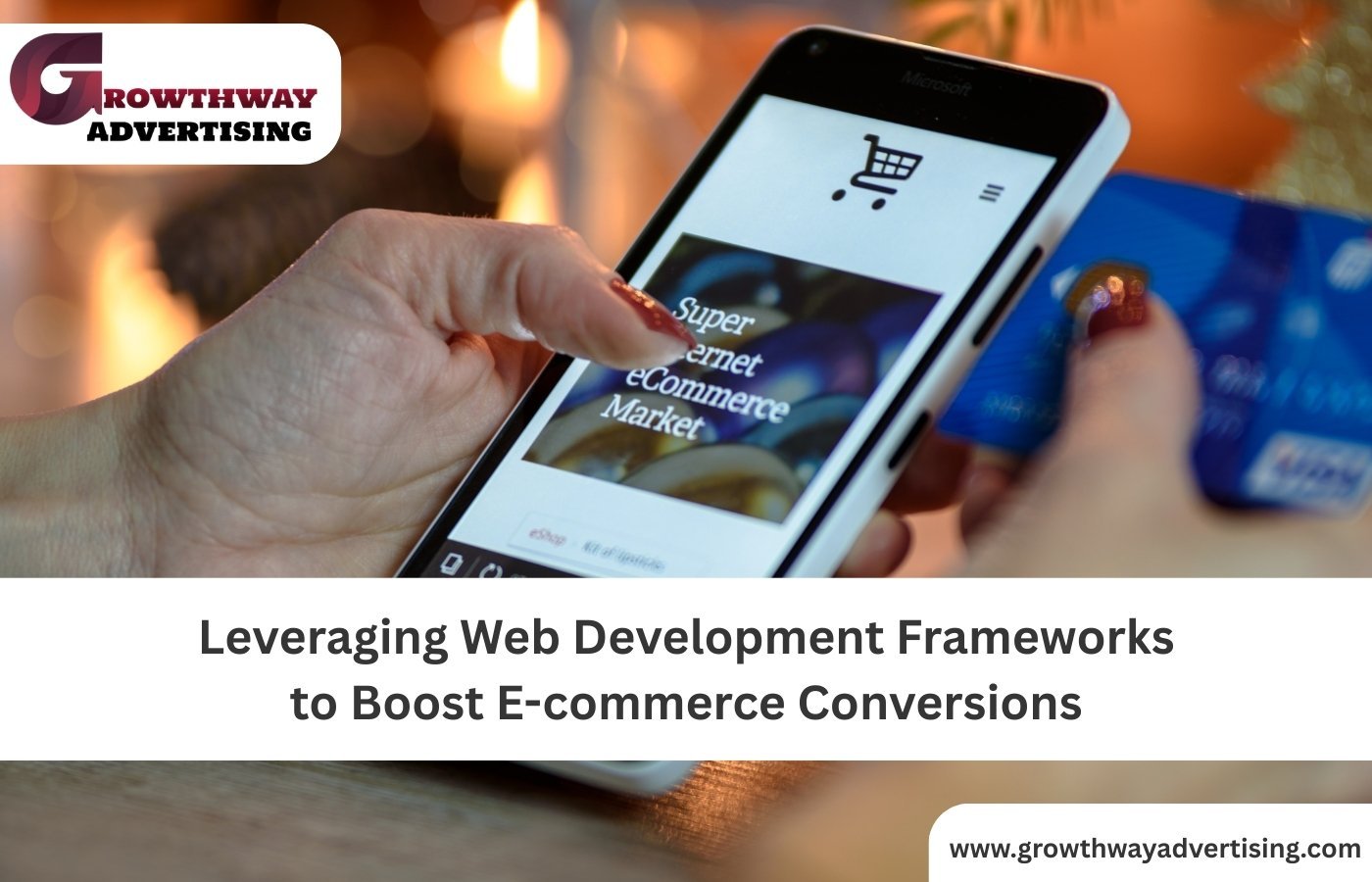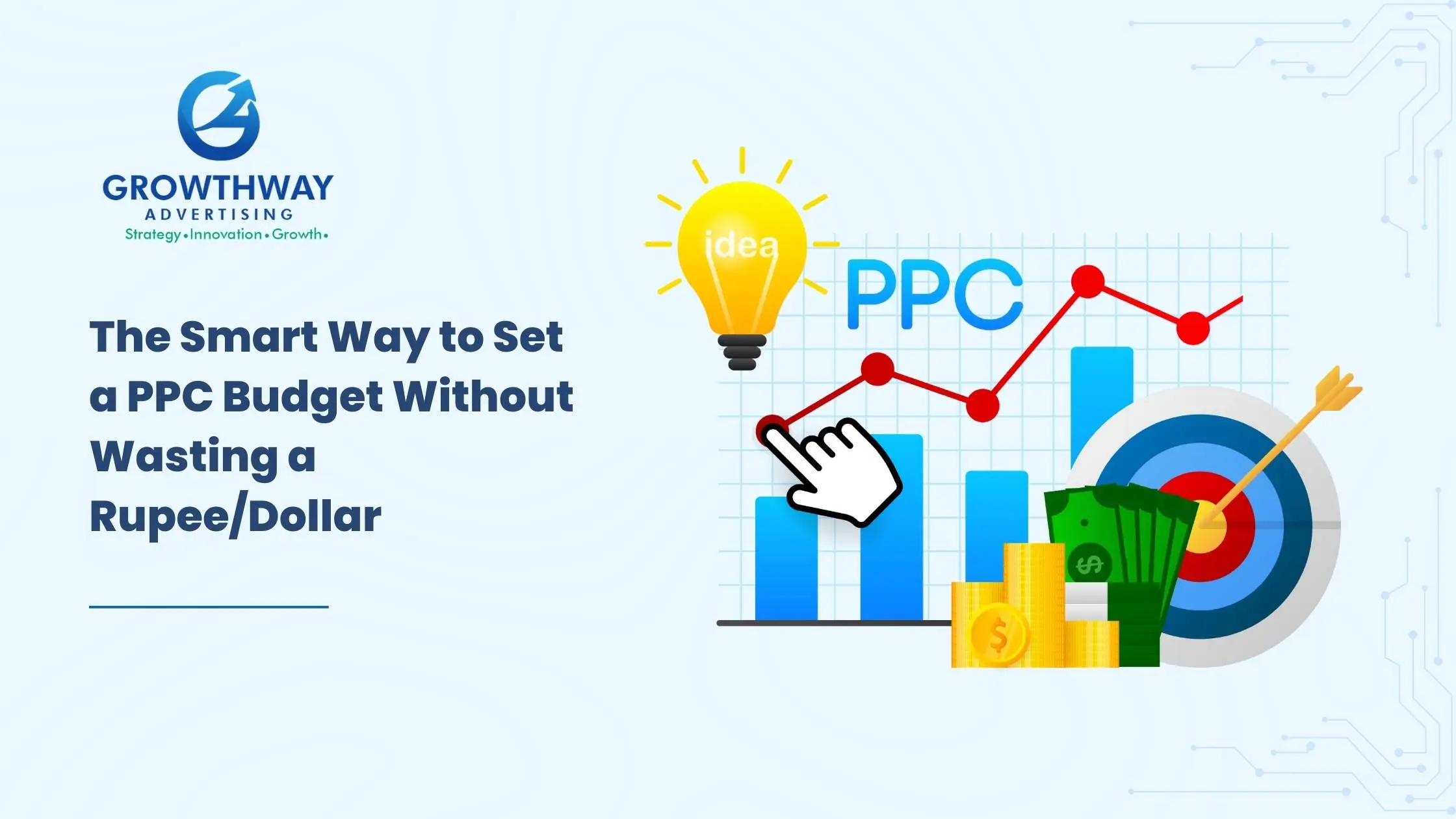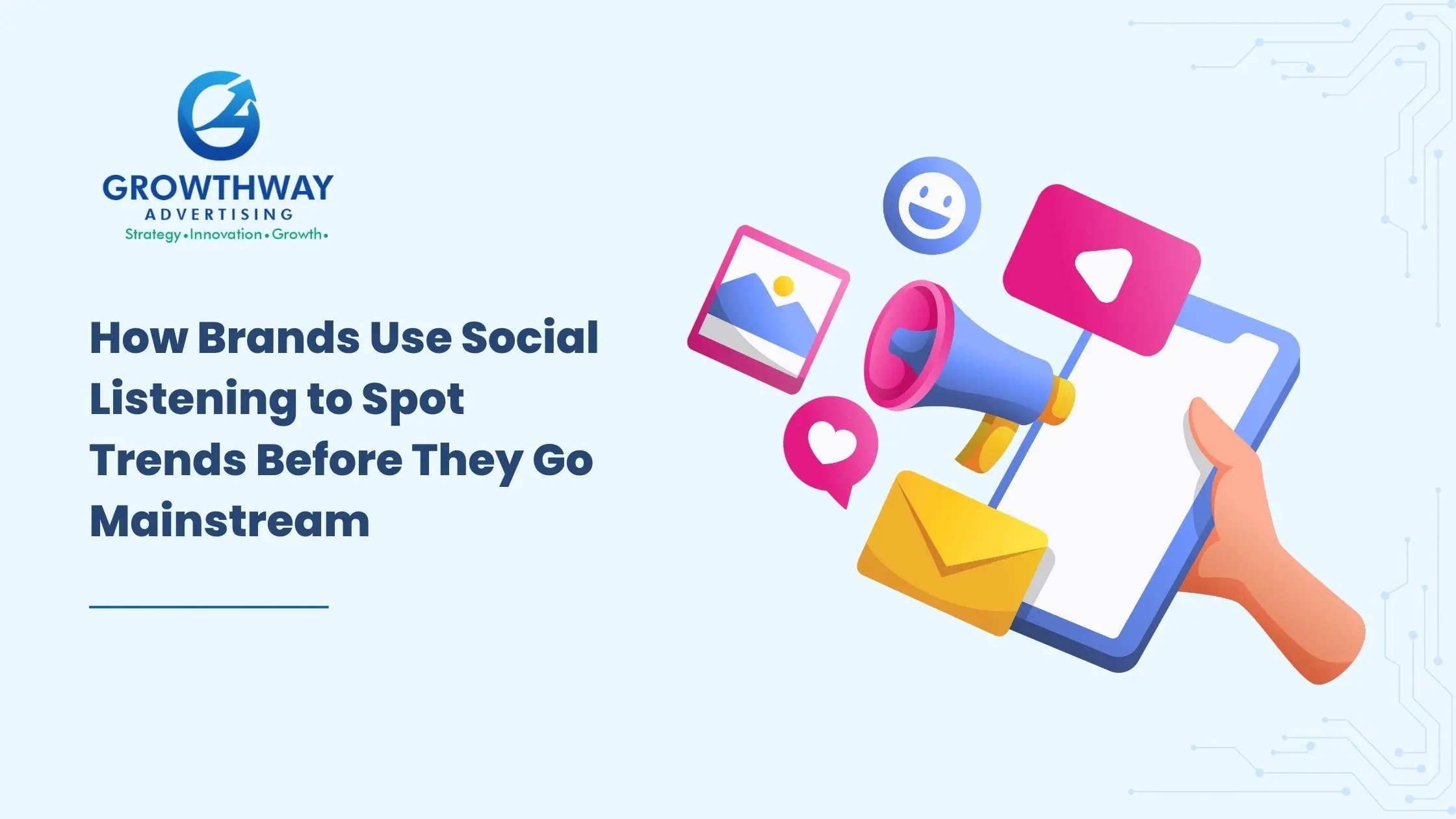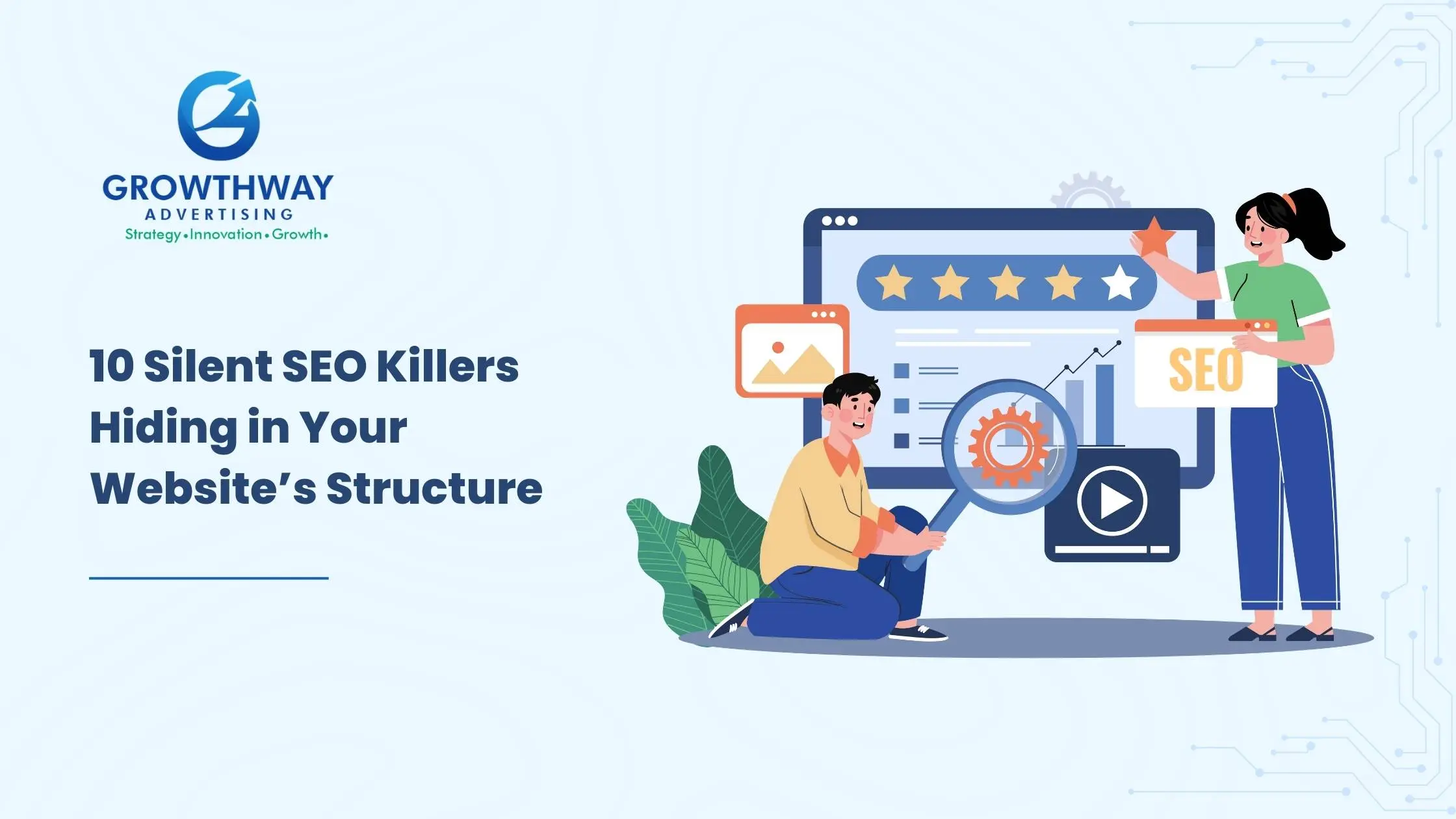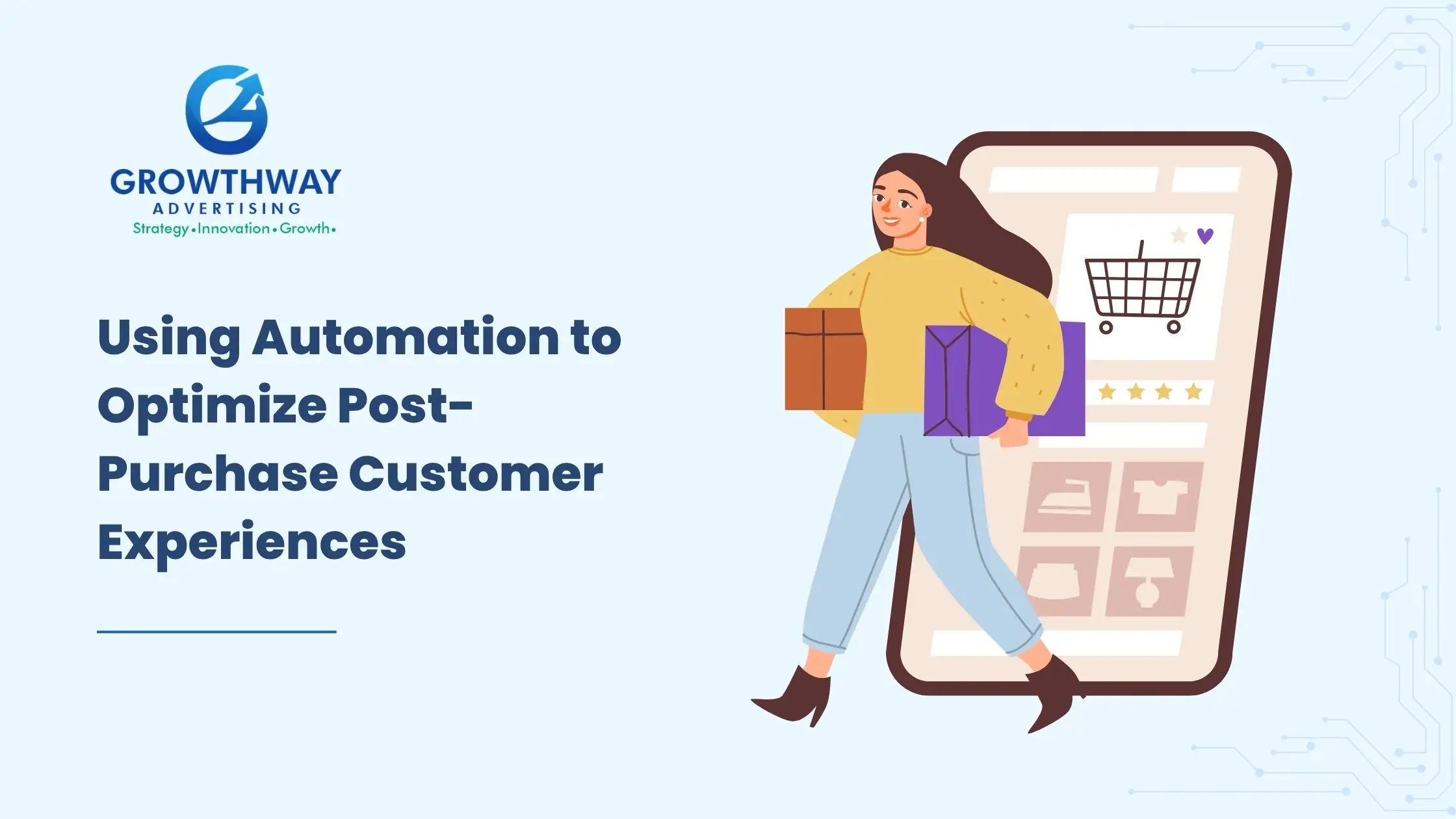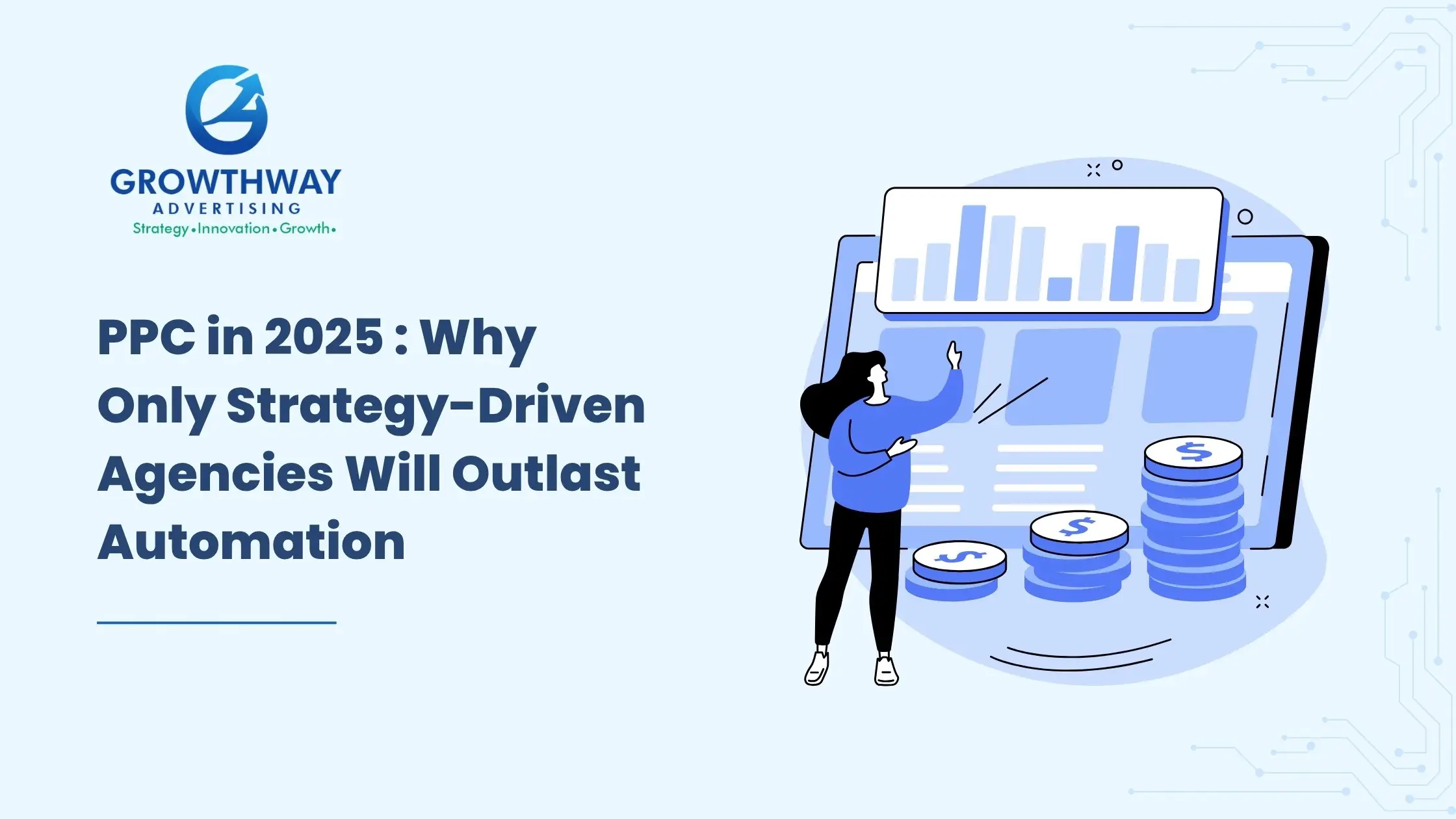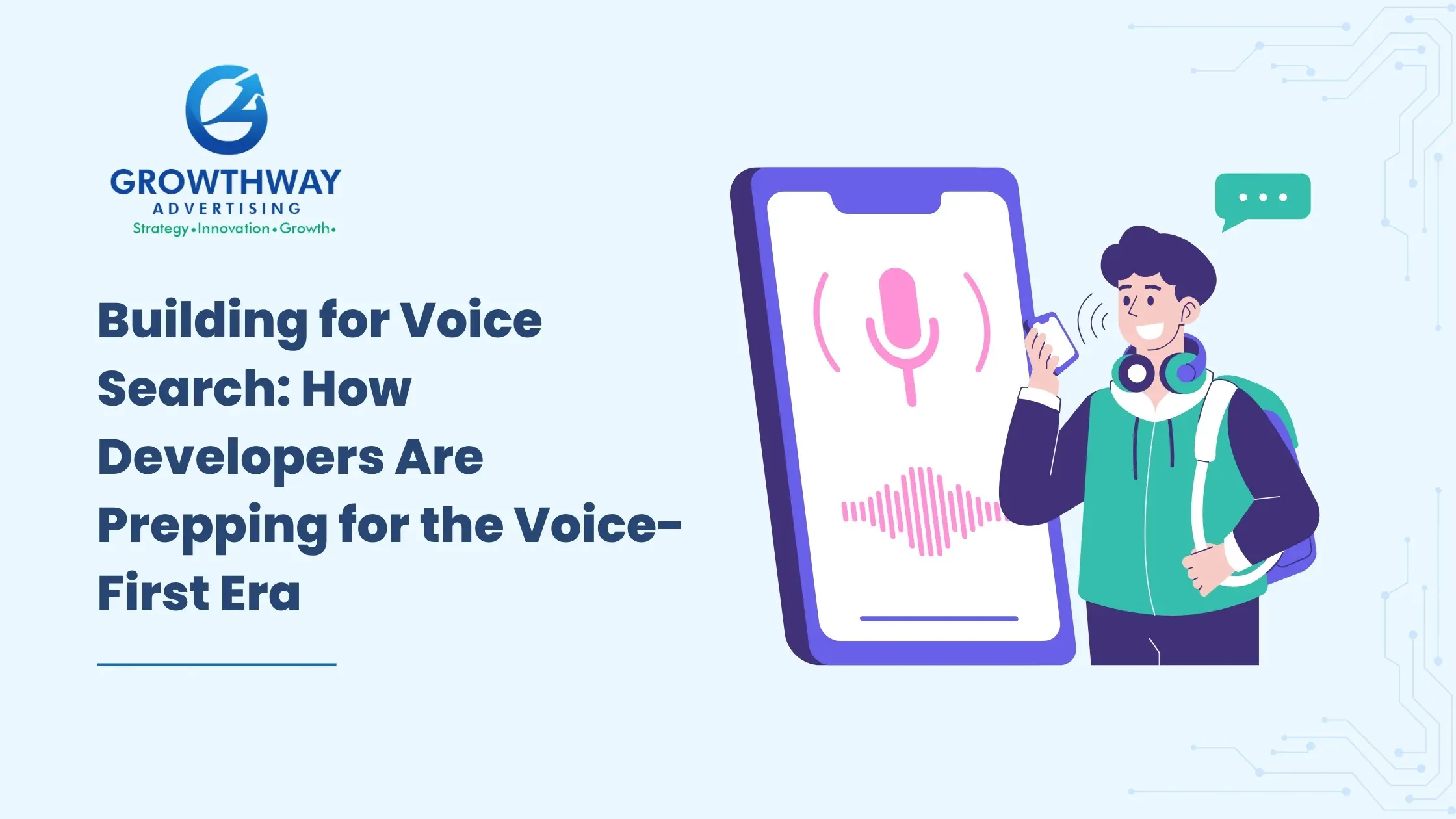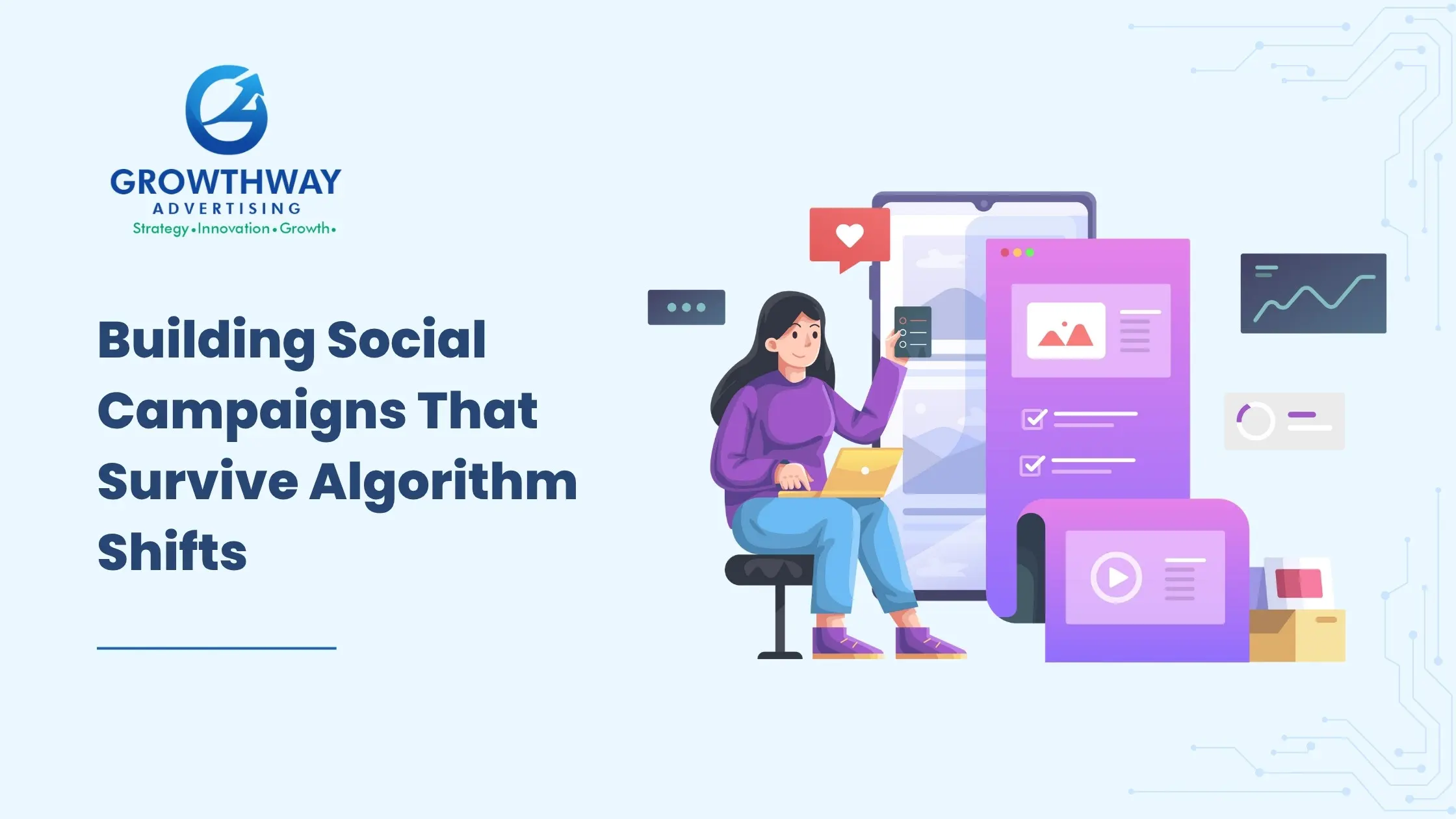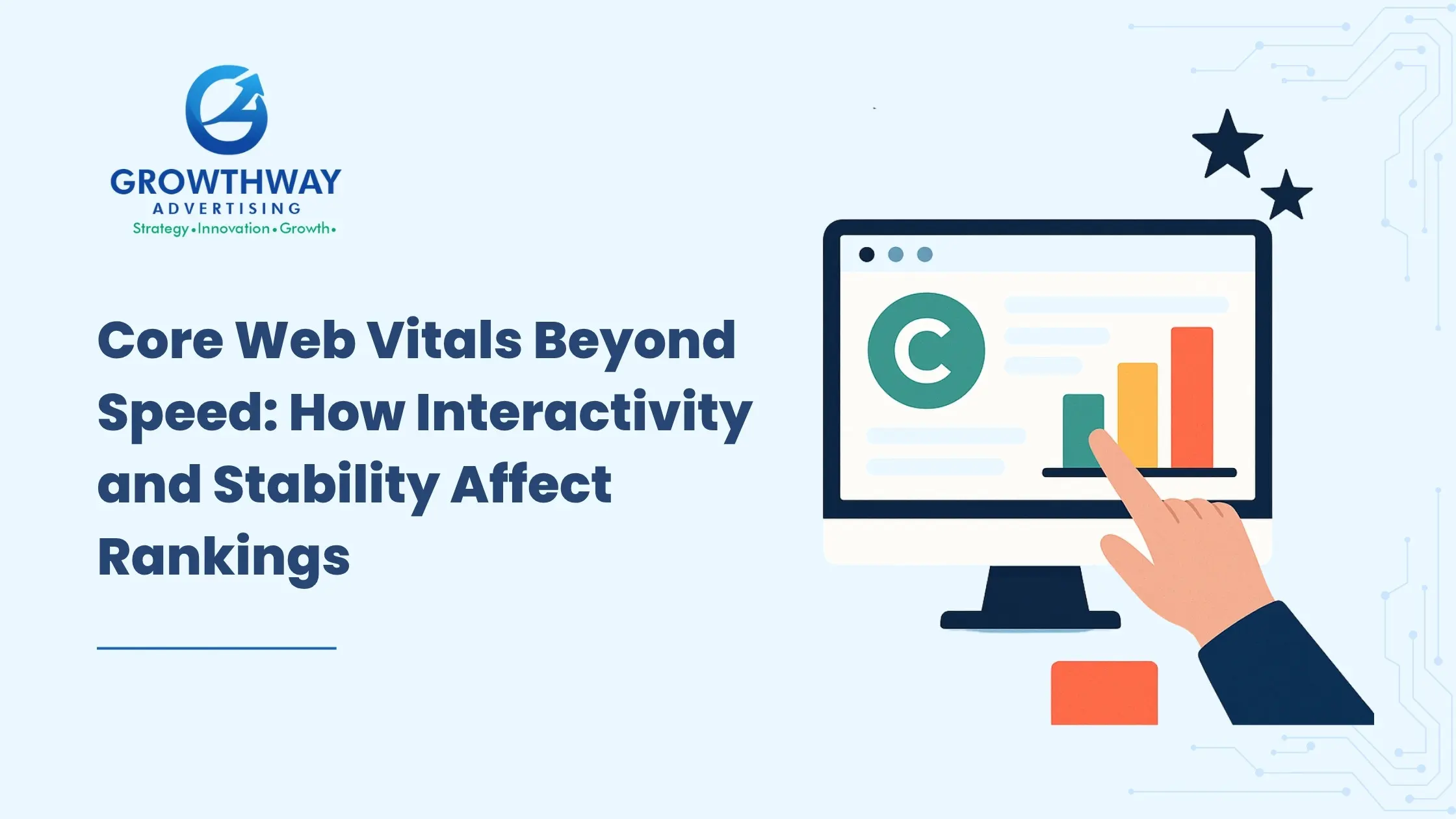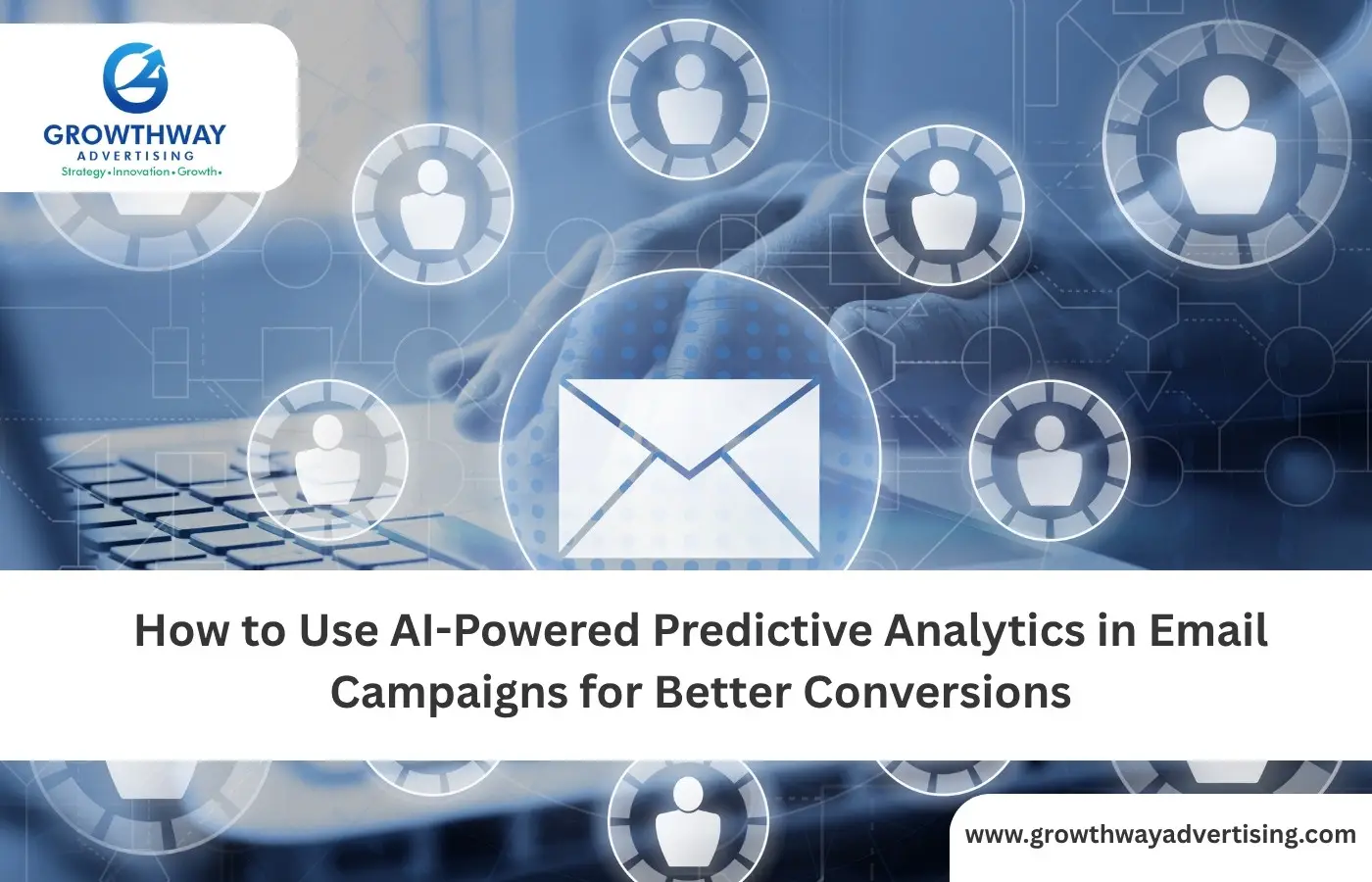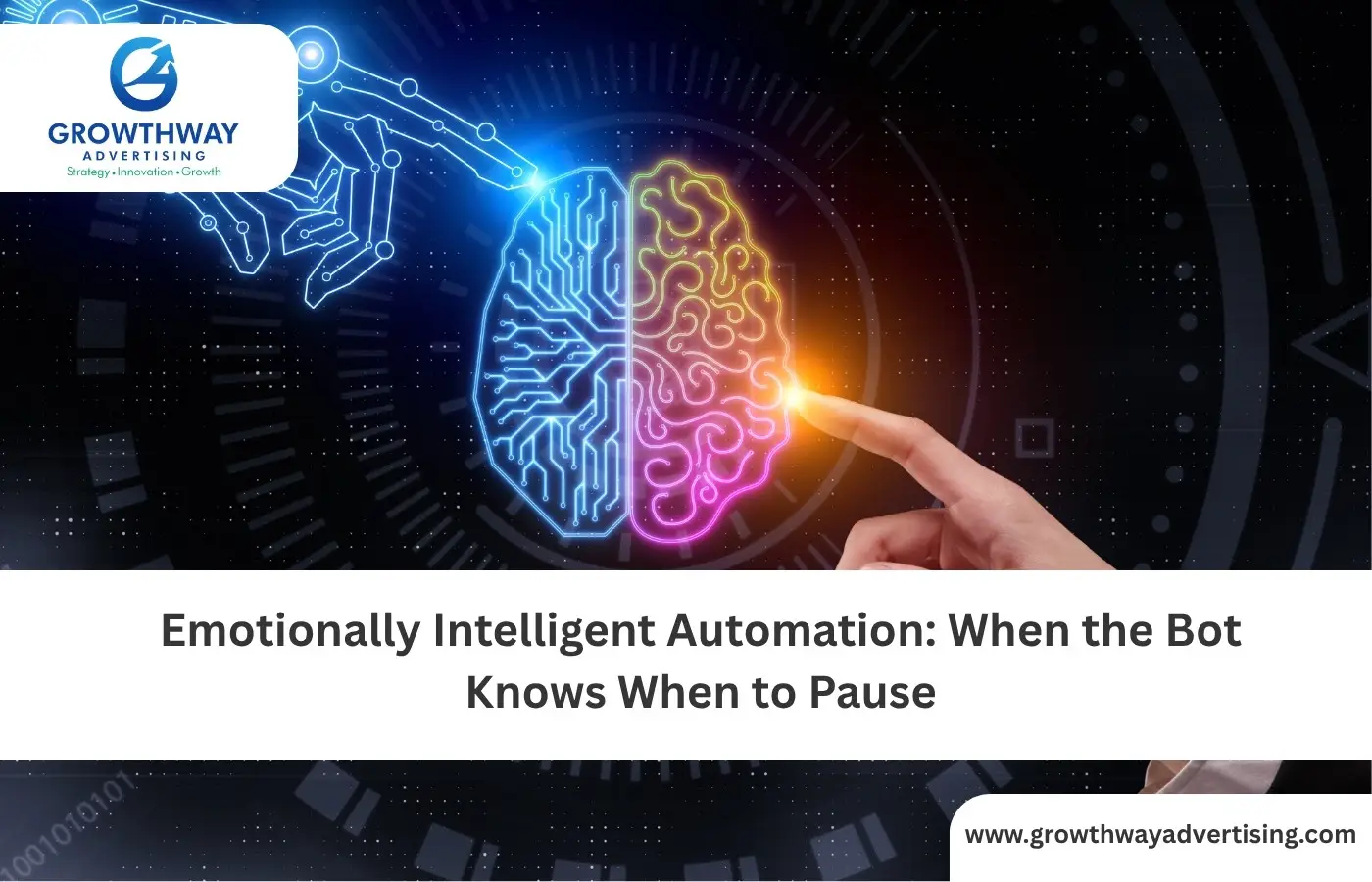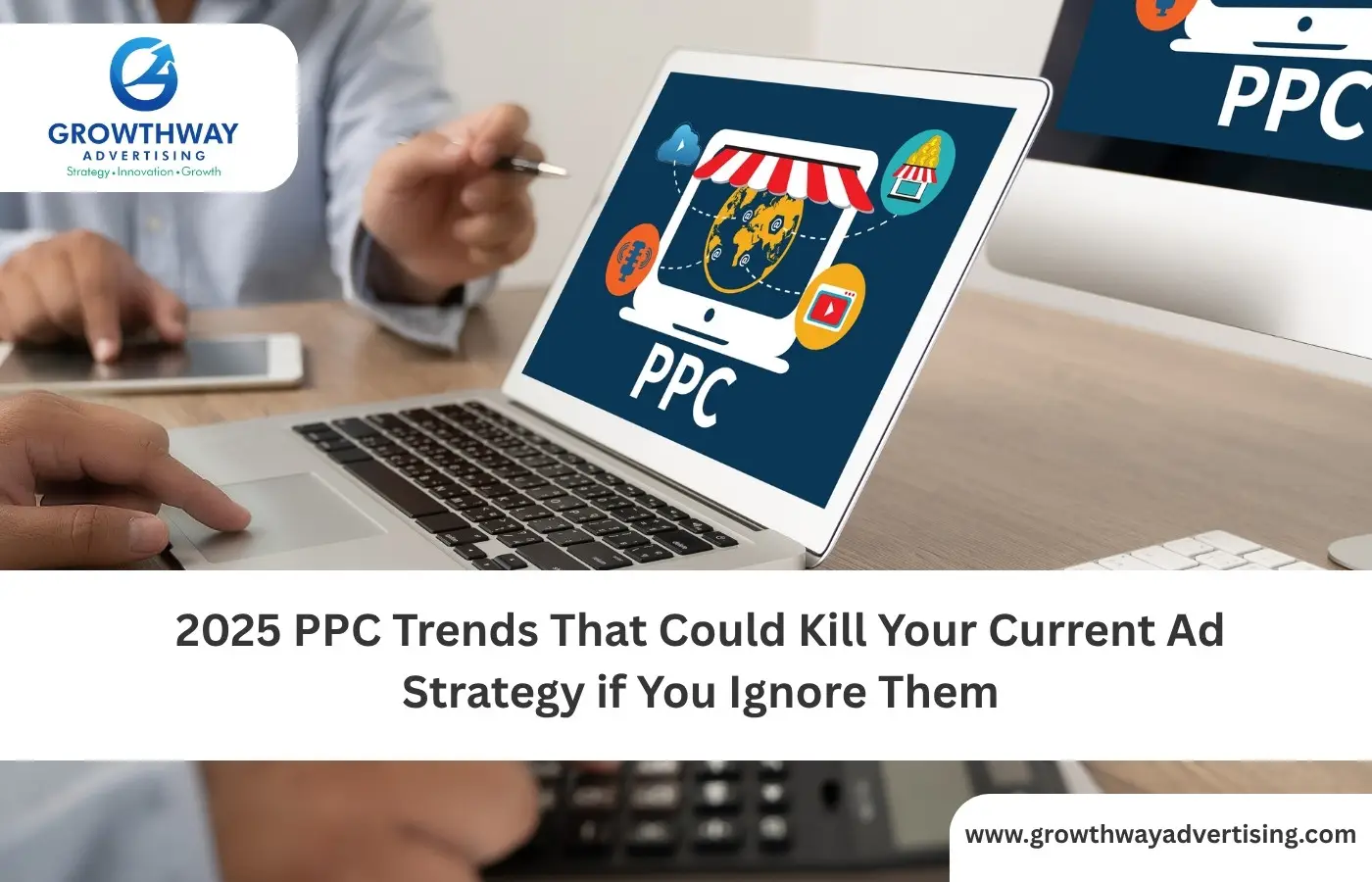In the competitive e-commerce space, every second, every click, and every small design choice can influence whether a visitor becomes a customer. The Ecommerce framework of your store is probably one of the most important though one of the most under-evaluated factors. Your ideal web development framework is not merely a preference on code, it is the difference between the performance, user experience, scalability and ultimately your conversion rates.
An innovative organization in the field of site development will not just think about a stylish site, but first of all about the creation of a fast, secure, user-friendly and sale-saturated e-commerce platform. This implies picking a framework that will provide the optimisation of page speed, integration of solid payment gateway and the ability to optimise the checkout process.
Why Framework Choice Matters for Conversions
Once someone visits your online store, you only have a few seconds after which you could lose him. When your site is heavy to load or appears clunky on a mobile phone, chances are that is the end of the buying process. A new age ecommerce framework ought to:
- Load fast across devices through server-side rendering (SSR) or static site generation.
- Be mobile-first and responsive, providing a seamless experience regardless of screen size.
- Support personalized features like product recommendations, wishlist saving, and dynamic pricing.
- Ensure website accessibility so all users, including those with disabilities, can interact and purchase.
The technological basis is the influencing factor on all touchpoints of the shopping experience. Even the most outstanding marketing campaigns fail to perform well when there is no strong framework in place.
Framework Features That Directly Impact Conversion Rates
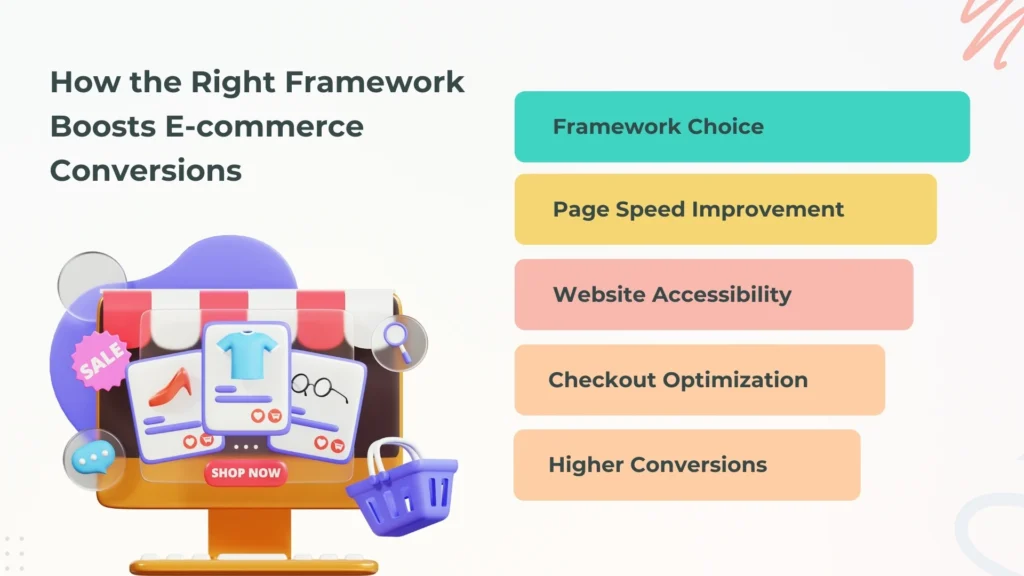
1. Performance and Speed
Page speed improvement isn’t just a nice-to-have, it’s a revenue driver. Studies have constantly indicated that any delay of a second can cost a lot of conversions. Frameworks such as Next.js, Vue and angular can significantly decrease loading time through options such as code splitting, lazy loading and image optimisation.
Beyond all that, it is possible to perform prefetching additions of pages that are frequently viewed, CDN caching to further speed globally, and image serving that is adaptive to mobile networks.
2. Checkout Flow
One of the quickest methods to lose a customer is with a clunky check out. Through your ecommerce platform, checkout optimization is supposed to be optimized through:
- Single-page checkout options.
- Auto-fill and address lookup.
- Multiple payment methods without redirecting to third-party pages.
- Real-time shipping and tax calculation.
Effectively executed paymеnt usеr еxpеriеncе lowers the rate of cart abandonment and generates trust during the last phase of purchasing.
3. Seamless Payment Gateway Integration
Various customers have various preferences concerning payment options, the use of credit cards, digital wallets, BNPL options, or local payment providers. The framework should allow secure and flexible payment gateway integration without slowing down transactions.
This is not simply putting in a plug in. The speed of the integration must be maximized, be PCI compliant, and its edge-case behavior (such as declined cards, currency exchange, or address incompatibilities) must be tested.
4. Accessibility and Inclusivity
A quick site is useless when not all of the customers are able to access it. Website accessibility ensures that your store works for people using screen readers, keyboard navigation, or high-contrast viewing modes. In addition to being ethical and law-abiding, accessible sites access more customers directly contributing to the increase of conversion.
Including native ARIA support, semantic HTML layouts, accessible theming afford developers more model flexibility when building accessible e-commerce.
5. Scalability and Future-Proofing
The right framework supports growth. Because your catalog, traffic, and feature demands grow, you should not have to compromise speed or stability by increasing scale. By selecting a framework which enables modular e-commerce website dеvеlopmеnt, you now can add functions to your site such as AI-driven personalization or progressive web app functionality and not usage that involves recreating your whole site.
Key Considerations When Choosing a Framework
Performance Benchmarks – Compare time-to-first-byte (TTFB) and load times for different frameworks under realistic traffic conditions.
Developer Ecosystem – A Developers Ecosystem with robust community and rich libraries provides developers with shorter development cycles.
Customizability – Ensure that you will be able to adjust the look and functionality to your brand and customer path.
Security – Look for frameworks with active patch updates and support for SSL, HTTPS, and compliance requirements.
Advanced CRO Tactics Inside Frameworks
Speed and mobile design are most discussions that take off, but top-performing stores take that a step further in thinking of the framework itself as a form of conversion rate optimization.
- Component-Level A/B Testing – Test variations of product cards, CTA buttons, or navigation menus directly within the framework to see which layout drives higher engagement.
- Micro-Interactions – Smooth animations, hover effects, and progress indicators can subtly encourage purchases. Modern frameworks handle these with minimal performance cost.
- Dynamic Content Rendering – Personalize banners, offers, and product suggestions based on browsing history or location in real time.
SEO & Conversion Synergy
It is not only that a well-constructed store leads to better conversion, visitors are also drawn to them. The appropriate web development services will make sure the ecommerce structure is facilitated by:
- Server-side rendering for SEO visibility.
- Structured data (schema markup) for product listings.
- Fast mobile performance scores in Google Lighthouse.
- Clean, crawlable URLs and meta structure.
Such technical SEO and on-page CRO get the best out of organic traffic.
Security’s Role in Conversions
Security is often seen as IT’s problem, but it directly influences buyer trust. Attributes such as SSL, HTTPS, fraud monitoring systems and visible trust brands can minimise checkout friction. Your website development services should prioritize secure coding practices and regular security audits to protect user data.
Mobile-First, Always
A huge share of e-commerce traffic comes from mobile devices, and shoppers expect mobile experiences to be as smooth as desktop. Mobile conversion rates can be raised considerably with touch-friendly navigation, one tap-checkout and quick mobile network loading frameworks.
PWA capabilities offline access, push notifications, app-level snappiness are becoming integrated into the major frameworks, and can transform smartphone paymеnt usеr еxpеriеncе dramatically).
The Role of a Skilled Development Partner
The most dynamic ecommerce framework without the appropriate personnel to implement will give less than it can give. A professional website development company will:
- Assess your business model and target audience to choose the right framework.
- Implement advanced web development services to optimize speed, usability, and accessibility.
- Ensure that e-commerce website dеvеlopmеnt is future-ready with modular architecture.
- Align technical execution with marketing and sales goals for maximum ROI.
Hidden Opportunities Many Stores Miss
Although the majority of centre of gravity in e-commerce builds is on simple performance, the following areas of focus have the potential to provide meaningful conversion uplifts:
- Localization and Multi-Currency Support – Offering prices in a shopper’s local currency and language can dramatically increase trust and sales in international markets.
- Voice Search Optimization – With smart speakers and voice assistants on the rise, frameworks that support natural language search queries give you an edge.
- AR/VR Product Previews – Emerging frameworks are starting to support immersive shopping experiences that can boost confidence in purchase decisions.
- Data Layer Integration – Feeding rich user interaction data into analytics platforms helps you refine CRO tactics continuously
FAQ’s
An ecommerce framework is the technical foundation of your online store. It affects page speed improvement, mobile usability, and checkout flow all of which impact conversion rates.
A skilled website development company will assess your products, target audience, and scalability needs before selecting a framework that balances speed, flexibility, and website accessibility.
Even a one-second delay can hurt conversions. A strong ecommerceframework supports advanced page speed improvement techniques like lazy loading and CDN integration.
Yes. Website accessibility ensures that people with disabilities can browse and purchase, expanding your customer base and meeting compliance standards.
Your web development services should prioritize SSL, HTTPS, PCI compliance, and fraud prevention to protect customers and maintain trust.
Mobile-first e-commerce website dеvеlopmеnt ensures touch-friendly navigation, quick load times, and easy checkout crucial for capturing mobile shoppers.

